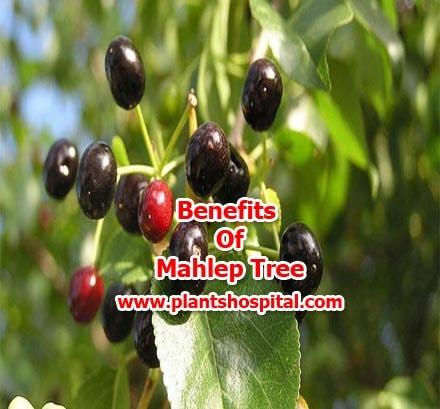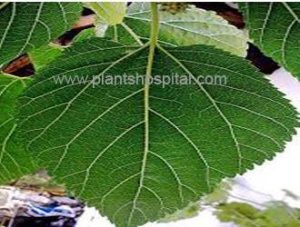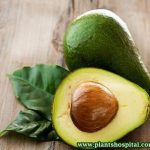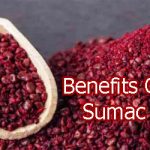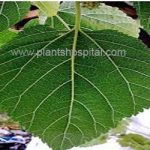What is Prunus Mahaleb ?
Prunus Mahaleb L., commonly known as (Mahaleb Tree) mahaleb cherry, is a shrub or small tree with white flowers, producing dark red edible plums.
It is native to Central-South Europe and North Africa, Iran and extending its range up to Central Asia. It is a pioneer thermophilous plant, growing in open woodlands, forest margins, and riverbanks.
Prunus Mahaleb cherry (Mahaleb Tree) has been used for centuries for its fruits and its almond-tasting seeds inside the stone, especially in East Europe and the Middle East. More recently this plant has been used in horticulture as a frost-resistant rootstock for cherry plants.
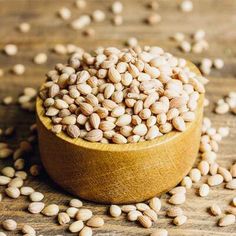
The prunus mahaleb cherry (Mahaleb Tree), or St. Lucie’s cherry, (Prunus mahaleb L.) is a deciduous shrub or small tree, reaching 10m tall. The bark is dark brown, smooth, and glossy.
The young twigs are glandular with yellowish-grey hairs, becoming later brownish and hairless. The leaves are alternate, 4-7cm long, broadly ovate, pointed, base rounded to almost cordate, margins finely saw-toothed, with marginal glands, glossy above and slightly hairy along the midrib beneath.
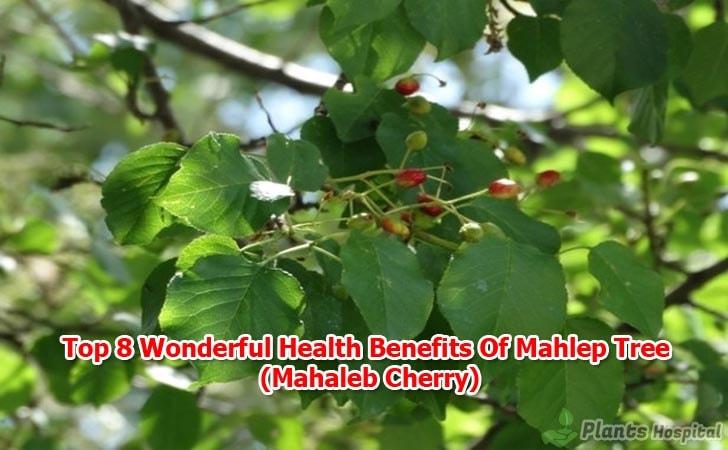
The leaf petioles are 1-2cm long and have 1-2 nectaries. The small stipules fall off early. The flowers are 1-1.5cm wide, fragrant, white, on about 1cm long pedicels, arranged in upright corymb-like raceme inflorescences of 3-12 flowers, at the tips of short, lateral, leafy shoots.
The Prunus Mahaleb Tree (mahaleb cherry) is a gynodioecious tree with individuals with functional hermaphrodite flowers and others with functional female flowers (androsterone).
Pollination is driven by bees and flies. The fruits are round ovate drupes, about 0.8cm wide, dark red, more or less bitter but pleasantly tasty. The woody stone containing the seed is smooth. This species flowers in March-June and the fruits ripen in June-September.
- What Foods Are Highest In Fiber? 30 High Fiber Foods And Vegetables
- 11 Incredible Health Benefits Of Cocoa And Cocoa Butter (Try It Now !)
- 9 Proven Benefits of Olive Leaf Extract: Uses, Warnings & More
- 14 Proven Health Benefits Of Balsamic Vinegar: Uses & How to Make?
Table of Contents
Distribution :-
The natural range of the Prunus Mahaleb Tree (mahaleb cherry) covers Central and Southern Europe, extending to Spain, and through Gibraltar to the tip of Northwest Africa, from the Balkans eastwards to Ukraine, Western and Central Asia.
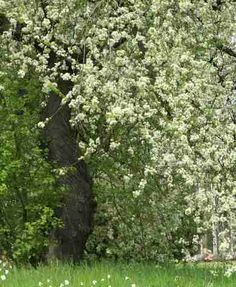
Prunus Mahaleb Tree can be found from the lowlands to above 1000m elevations in the South Carpathians, Caucasus, and Tien Shan Mountains (Central Asia).
It has been introduced and is considered potentially invasive in South America, introduced, naturalized, and invasive in North America, as well as Australia, and New Zealand.
Habitat and Ecology
The prunus mahaleb cherry (Mahaleb Tree) is a thermophile and pioneer species, growing on warm, sunlit and dry slopes at middle elevations. It tolerates the Mediterranean and temperate dry climates with an annual precipitation of 500-600mm.
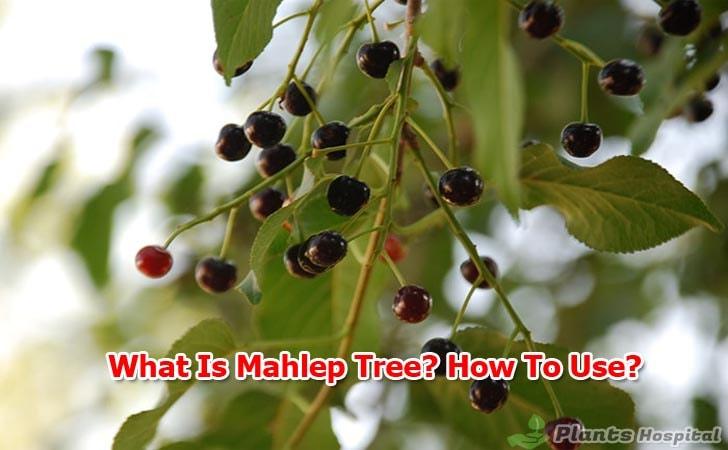
It is not sensitive to frost. It grows better on calcareous soils with pH 5.5, in stony and rocky sites.
It is slightly shaded tolerant only at young stages; when mature it is a high light-demanding species.
The fruit production is controlled and proximal flowers (first to open) have advantages in maternal resource capture; the first fruits to develop have an advantage over the later developing fruits.
This species thrives in open woods, at the margins of temperate oak forests, and also in bluffs and riverbanks.
In the forest edge, it creates a scrub vegetation community together with other shrubby species of the genera Rosa, Rubus, Prunus and Cornus, and other thermophile shrubs such as spindle tree (Euonymus europaeus), hawthorn (Crataegus monogyna), wild privet (Ligustrum vulgare), etc.
Importance and Usage
Known for its strong roots, it is used in horticulture as a frost-resistant rootstock for sweet cherry (Prunus avium) and sour cherry (Prunus cerasus). The wood is hard, heavy, with a pleasant odor, used for carving small objects; e.g. tobacco
pipes, canes, cigarette holders. Mahaleb Tree fruits are small, slightly bitter and edible, from which a purple dye is obtained.
The seeds are used more. An aromatic spice is produced, having a taste similar to almond seeds.
This spice was used for centuries in the Middle East and North Africa to flavor bread, cakes, cheese, cookies, etc.
New studies show potential in using Prunus mahaleb seeds as a new edible oil source, since its seed oil contains a high level of polyunsaturated fatty acids, especially the α-eleostearic acid, a conjugated fatty acid rarely found in vegetable oils, with beneficial effects on human health.
The bark, wood, and seeds contain coumarin, making these plant parts important for their potential anti-inflammatory, sedative and vasodilation pharmaceutical properties.
As a pioneer species and due to its extensive root system the mahaleb cherry can prevent erosion and is suitable for wasteland reclamation and afforestation.
It can also be used for hedging, as it tolerates cutting well. This species has an important ecological role: birds and mammals (foxes, badgers, etc.) are frequent consumers of its fruits, promoting seed dispersion even over long distances.
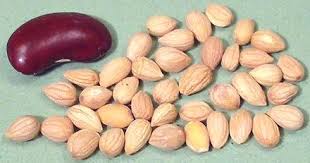
Threats and Diseases(important)
The Prunus Mahaleb Tree (mahaleb cherry) is susceptible to fungi such as bracket fungus (Laetiporus sulphureus) and witches’ broom (Taphrina cerasi) on its trunk and branches.
The rust fungus Tranzschelia discolor a relatively common parasite on its leaves, or Taphrina minor which causes shrinkage and reddish-brown discoloration of affected leaves, and Phloeosporella PADI causing leaf spots on infected leaves.
Editor’s Pick:
9 Wonderful Health Benefits of Prunus Mahaleb Tree
- It is useful against shortness of breath and malaria.
- it reduces the pain ( pain cutter)
- It gives strength to the body and increases sexual desire.
- It is good for diabetics and those with prostate complaints.
- When mahleb is defeated fresh, it is known that when it is defeated freshly, it causes stomachache, when the liquor is made and drink it causes pain in the abdominal region, when it is dried and defeated it prevents dizziness and when the dried inner core is defeated, it relieves heartaches.
- For children with inadequate bone development; In this case, three to four teaspoon mahlebs will be added to the formula of your babies, into the pudding, and the custard.
- It is good for kidney and abdominal pain.
- There is a healing effect against inflammation in the intestines.

